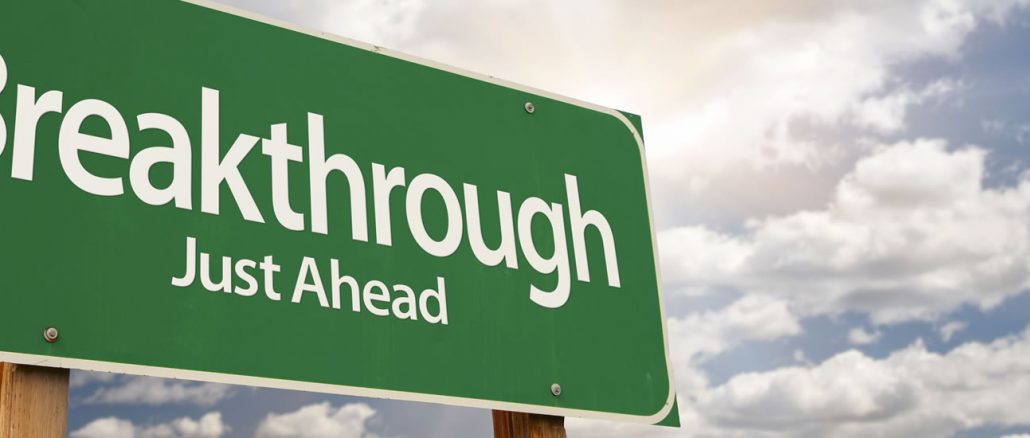

The secret of change is to focus all of your energy, not on fighting the old, but on building the new.
~ Socrates
Every year, I develop four scenarios for the future designed to assist Solari subscribers in their strategic and investment allocation planning for the coming year.
During 2016, we produced a Solari Report with Eric Best: Scenario Thinking, to help subscribers learn more about the use of scenarios. The future is invented, not predicted. Preparing for a variety of environments and future risks and opportunities and identifying the deepest trends and variables will help us “rock and roll!”
The high probability scenario in past years anticipated that the economy in the developed world would continue to “slow burn.” Indeed, that is what happened.
This year will be different. My scenarios for 2017 have changed significantly from what our subscribers have read and heard in the past. The slow burn is accelerating – and institutional changes are accelerating with it.
The US and G-7 leadership intend to keep the slow burn going. However, if you look at the speed of change resulting from the end of the debt growth model – from new technology and the global “productivity” backlash – the number of people protected economically is likely to diminish…potentially by a lot.
Central banks and governments have used a great deal of their capacity to intervene and to subsidize. Pension funds, financial institutions and companies are engaging in liabilities destruction or in what I call “controlled demolitions.” Governments are re-engineering their budgets, operations, and policies. For many people around the globe, changes in multiple areas will impact us all at once.
In part, this explains the G-7 “war on cash” discussed in our News Trends & Stories presentation. The leadership wants to control more cash flows and related financial data so that they can guide the flow into government taxes, large financial institutions and intelligence agencies. The struggle between forced centralization and the powerful economics of decentralization has moved to a new level of intensity.
Two of the variables I chose for our 2017 scenarios are:
- Political and Economic Alignment: Unipolar vs. Multipolar: The primary debate in the US elections was whether or not our leadership would push to maintain a global empire or to sacrifice the empire in order to preserve North America. The North American faction won the election – how that will translate into the deployment of the US military or the management of US alliances and trade policies globally has yet to be determined. This is one of the reasons we are delighted that the Saker will be joining us again this year for quarterly reports on The Emerging Multipolar World. The possibility for a meaningful shift to a multipolar world is one of the reasons I felt it was important to revisit the global agriculture model in The Global Harvest and What It Means to Investors. It is my hope that this report will inspire you to think, “What if?” At the heart of the debate between a unipolar and multipolar world is the question of whether we will have a human culture or if we will continue to shift to an inhuman, transhumanist culture. This is – by far and away – the most important variable of all.
- Return on Investment to Taxpayers: Positive vs. Negative: The US federal budget and regulations have been designed to centralize control of the economy rather than to optimize the economy. The result has been a negative return on investment to taxpayers. We have seen a similar dynamic in the European Union. In part, this reflects the desire to run the economy by rules instead of allowing markets, communication, and allocation to be driven by freely determined prices. The new US President has indicated a desire to turn things positive for taxpayers. However, the win-lose relationship between the Popsicle Index and the Dow Jones Index is old and deep. Can we turn this situation into a win-win relationship? This choice is not as important as whether we choose to have a human culture or not. However, optimizing the economy may help us share natural resources and protect the environment as we move towards creating a more human culture.
Here are the resulting four scenarios for 2017 and beyond. If you click on each title, you will find a presentation dedicated to each one.
Scenario #1: Popsicle Index Rising (Weighting: 30%)
A commitment to human values, environmental stewardship, market economics, and global cooperation are successful.
Scenario #2: Global Musical Chairs (Weighting: 40%)
A commitment to human values, environmental stewardship, and market economics are constrained by a failure of national and global cooperation. This results in continued high levels of debt, military expenditures, and disaster capitalism.
Scenario #3: Mind Control (Weighting: 20%)
A commitment to command and control governance and transhuman values combined with success at re-engineering government resources creates a world of “friendly fascism.”
Scenario #4: The War Machine (Weighting: 10%)
A command and control world without human values and with little success at optimizing resources perpetuates a state of war.
2015 Annual Wrap Up (transcript)
